Chaoshan cuisine, renowned for its delicate flavors, meticulous preparation, and emphasis on fresh ingredients, has long intrigued food enthusiasts worldwide. Among its culinary treasures is a leafy green vegetable known as Chuncai (春菜), a term that often puzzles non-locals due to its regional specificity and cultural significance. This article delves into the origins, characteristics, culinary applications, and cultural role of Chuncai, shedding light on why this humble vegetable holds a cherished place in the hearts (and kitchens) of Chaoshan people.
Botanical Classification and Physical Characteristics
Chuncai, scientifically classified as Brassica juncea var. parachinensis, belongs to the Brassica genus, which includes vegetables like mustard greens, bok choy, and kale. However, Chuncai distinguishes itself through its unique morphology and flavor profile. The plant typically grows to a height of 30–50 centimeters, featuring slender, elongated leaves with serrated edges. Its stems are crisp and pale green, while the leaves transition from a vibrant emerald hue at the base to a deeper, almost bluish-green toward the tips. Unlike its relatives, Chuncai boasts a subtle bitterness balanced by a refreshing sweetness, a duality that makes it a versatile ingredient in both simple home-cooked meals and elaborate banquets.
The vegetable’s texture is equally noteworthy. When raw, Chuncai leaves are tender yet resilient, retaining a satisfying crunch even after brief cooking. This textural contrast—crisp stems and slightly softer leaves—allows it to hold its shape in stir-fries and soups, preventing the dish from becoming mushy. Farmers in Chaoshan’s fertile plains, particularly in regions like Shantou, Chaozhou, and Jieyang, cultivate Chuncai during cooler months, as the vegetable thrives in mild temperatures and well-drained soil.
Culinary Applications: From Humble Stir-Fries to Festive Feasts
In Chaoshan households, Chuncai is a kitchen staple, appearing in daily meals across all seasons. Its adaptability shines in various cooking methods, each highlighting different facets of its flavor.
-
Soups and Stews:
Chuncai’s ability to absorb flavors while contributing its own earthy sweetness makes it ideal for soups. A classic example is Chuncai Pork Bone Soup, where the vegetable is simmered with pork ribs, dried tangerine peel, and a touch of salt. The result is a broth that is simultaneously nourishing and revitalizing, with the vegetable’s bitterness cutting through the richness of the meat. During winter months, families often add dried scallops or goji berries to elevate the soup’s umami depth.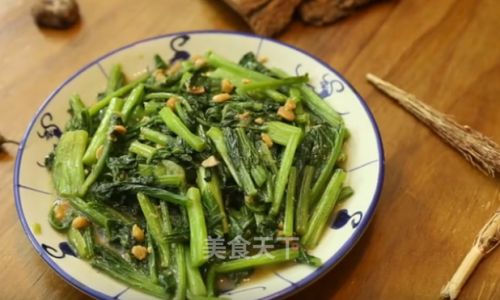
-
Stir-Fries:
A quick stir-fry with garlic and oil is the simplest way to prepare Chuncai. The vegetable is typically sliced into segments, with the stems and leaves separated to ensure even cooking. The stems are added first, sautéed until tender, followed by the leaves, which wilt rapidly. A splash of oyster sauce or a sprinkle of salt enhances its natural flavors without overshadowing them. This dish, often served with steamed rice, exemplifies Chaoshan cuisine’s philosophy of “freshness above all.” -
Preserved and Fermented Dishes:
Chaoshan’s culinary heritage also includes preserved foods, and Chuncai is no exception. In some households, the vegetable is pickled with brine, chili, and sugar to create a tangy side dish. The fermentation process mellows its bitterness, resulting in a crunchy, slightly sour condiment that pairs well with congee or fried noodles. -
Festive Dishes:
During traditional festivals like the Spring Festival or Mid-Autumn Festival, Chuncai often appears in elaborate braised dishes. It is sometimes combined with mushrooms, dried shrimp, and tofu in a savory stew, symbolizing prosperity and unity. The vegetable’s resilience—remaining intact even after prolonged cooking—is seen as auspicious, reflecting the desire for enduring family bonds.
Cultural Significance: More Than Just a Vegetable
For Chaoshan people, Chuncai is deeply intertwined with cultural identity and familial traditions. The vegetable’s name itself—Chun (春) translates to “spring” in Mandarin—reflects its historical association with the Lunar New Year, when it was traditionally harvested and consumed to welcome the season of renewal. Even today, many families insist on serving Chuncai during reunion dinners, believing it brings good health and vitality in the coming year.
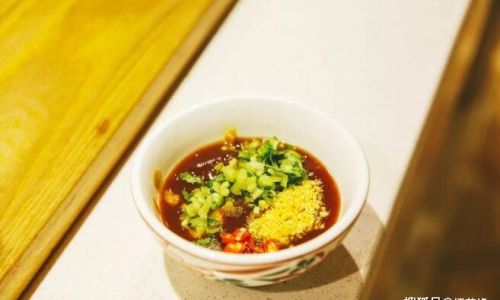
Beyond symbolism, Chuncai embodies Chaoshan’s agricultural roots. The region’s subtropical climate and fertile delta soils have nurtured its cultivation for centuries, making it a symbol of local resilience and self-sufficiency. Elderly villagers often recount stories of harvesting Chuncai in terraced fields, a practice that has been passed down through generations. This connection to the land fosters a sense of pride, with Chaoshan expatriates frequently seeking out the vegetable in overseas markets to recreate a taste of home.
Nutritional Benefits and Holistic Health
Chuncai’s culinary appeal is matched by its nutritional value. Rich in vitamins A, C, and K, it supports immune function, skin health, and blood clotting. The vegetable’s high fiber content aids digestion, while its antioxidants combat oxidative stress. Traditionally, Chaoshan herbalists have recommended Chuncai for detoxifying the body, particularly after periods of indulgence. Modern nutritionists echo this wisdom, noting its low calorie count and anti-inflammatory properties.
Interestingly, Chaoshan cuisine often pairs Chuncai with ingredients that amplify its health benefits. For instance, in the aforementioned pork bone soup, the collagen from the bones complements the vegetable’s vitamins, creating a dish that is both comforting and restorative. This harmonious blending of flavor and nutrition exemplifies the region’s holistic approach to food as medicine.
Chuncai vs. Other Leafy Greens: A Comparative Study
To the untrained eye, Chuncai might resemble bok choy or mustard greens, but subtle differences set it apart. Bok choy (Brassica rapa var. chinensis) has thicker, juicier stems and a milder taste, making it ideal for quick sautés. Mustard greens (Brassica juncea), on the other hand, are pungent and spicy, with a rough texture that softens when cooked. Chuncai strikes a balance: its bitterness is gentler than mustard greens, and its stems are crisper than bok choy. This middle ground allows it to adapt to diverse cooking methods without dominating a dish.

Another relative, gai lan (Chinese broccoli), shares Chuncai’s bittersweet notes but has thicker stems and florets. While gai lan is often blanched or stir-fried with oyster sauce, Chuncai’s versatility extends to soups and preserves, showcasing its broader culinary range.
Cultivation and Seasonality: The Rhythm of the Chaoshan Countryside
Chuncai’s cultivation is a testament to Chaoshan farmers’ intimate knowledge of their land. The vegetable is typically planted in autumn, when temperatures begin to drop, as excessive heat can bolt the plant, causing it to flower prematurely and develop a bitter, inedible taste. Farmers meticulously prepare the soil, enriching it with compost and ensuring proper drainage to prevent waterlogging.
Harvesting occurs 60–70 days after planting, with workers carefully cutting the outer leaves to allow the inner core to continue growing. This method, known as “cut-and-come-again,” ensures a sustained yield throughout the season. In recent years, some growers have adopted greenhouse farming to extend the harvest period, though traditionalists argue that field-grown Chuncai retains superior flavor.
Chuncai in Modern Chaoshan Cuisine: Adaptation and Innovation
While Chuncai remains a cornerstone of traditional dishes, contemporary Chaoshan chefs are experimenting with new preparations to appeal to younger palates. At trendy restaurants in cities like Shantou, the vegetable might be shaved into thin ribbons and served raw with a sesame-soy dressing, or charred on a grill to accentuate its smokiness. Some fusion eateries even incorporate it into Western-style salads, pairing it with goat cheese and toasted nuts.
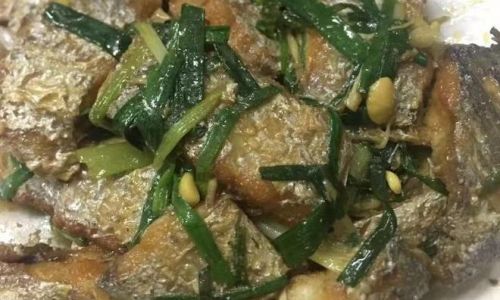
Despite these innovations, purists insist that Chuncai’s essence is best preserved through time-honored techniques. A debate persists among food critics: does modernization enhance the vegetable’s appeal, or does it risk diluting its cultural authenticity? For most Chaoshan people, the answer lies in striking a balance—honoring tradition while embracing creativity.
Chuncai Beyond Chaoshan: Global Availability and Adaptations
With the rise of global Chinese cuisine, Chuncai has begun appearing in markets outside Asia, albeit under different names. In Australian and Southeast Asian supermarkets, it may be labeled “Chinese flowering cabbage” or “choy sum,” though these terms often refer to slightly different varieties. To avoid confusion, Chaoshan expatriates rely on visual cues—the vegetable’s elongated shape and distinctive leaf pattern—to identify the genuine article.
In diaspora communities, adapting Chuncai recipes to local ingredients has become a form of cultural preservation. For example, in New York’s Chinatown, cooks might substitute pork bones with chicken or add carrots to the soup, resulting in a hybrid dish that pays homage to both Chaoshan roots and American palates. While purists may frown upon such alterations, they underscore the vegetable’s ability to inspire cross-cultural culinary dialogue.
Myths and Misconceptions: Debunking the Legends
Several myths surround Chuncai, often perpetuated by well-meaning but misinformed sources. One common misconception is that the vegetable is exclusively bitter. In reality, its flavor varies depending on cultivation practices and harvest time. Younger Chuncai tends to be milder, while mature plants develop a more pronounced bitterness. Farmers sometimes blanch the leaves briefly before cooking to reduce bitterness, a technique rarely mentioned in generic recipes.
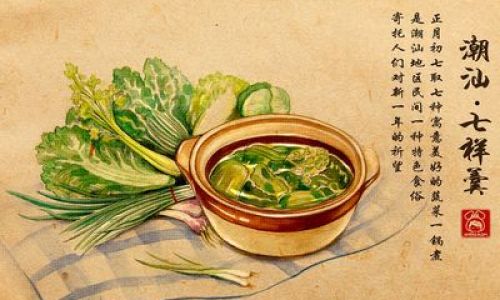
Another myth claims that Chuncai is toxic if consumed raw. While it is true that raw brassicas contain compounds that can interfere with thyroid function, cooking neutralizes these risks. Moreover, Chaoshan cuisine rarely features Chuncai in raw preparations, as the region’s culinary traditions prioritize cooked vegetables for both flavor and digestibility.
Conclusion: The Enduring Legacy of Chuncai
Chuncai is more than a vegetable—it is a cultural emblem, a nutritional powerhouse, and a canvas for culinary artistry. From the bustling markets of Chaoshan to the diaspora kitchens of Sydney and Los Angeles, it continues to bridge generations, connecting the past to the present. As global food cultures evolve, Chuncai’s story reminds us that even the humblest ingredients can carry profound meaning, weaving together history, identity, and the simple joy of sharing a meal with loved ones.
In Chaoshan, they say, “Chuncai you, jia you”—”Where there’s Chuncai, there’s home.” For those fortunate enough to taste it, the sentiment needs no translation.
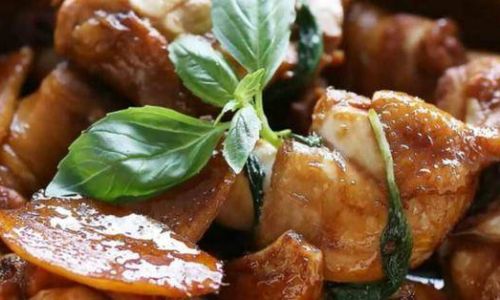
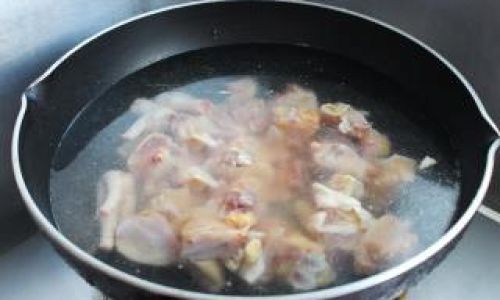
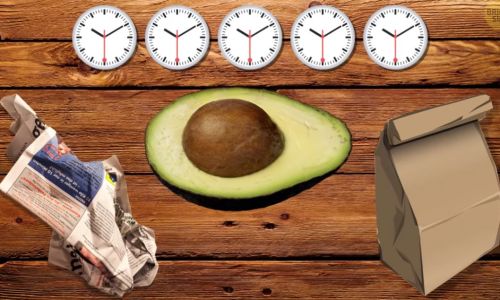
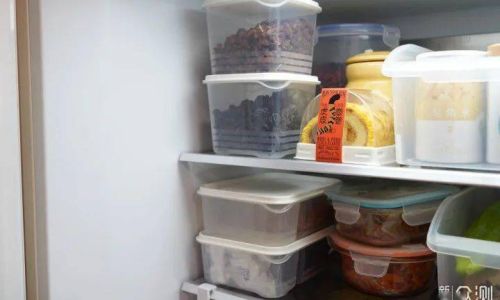
0 comments